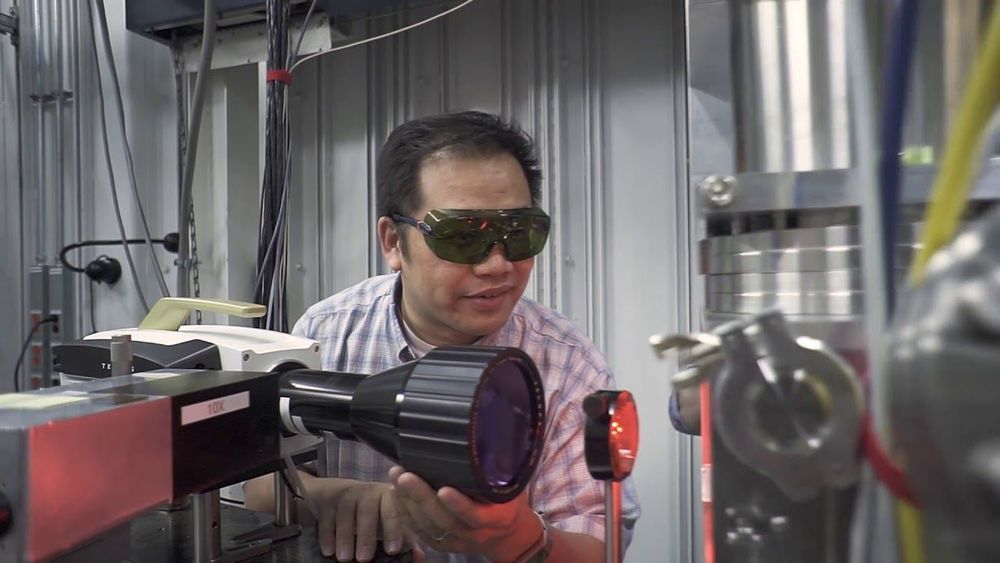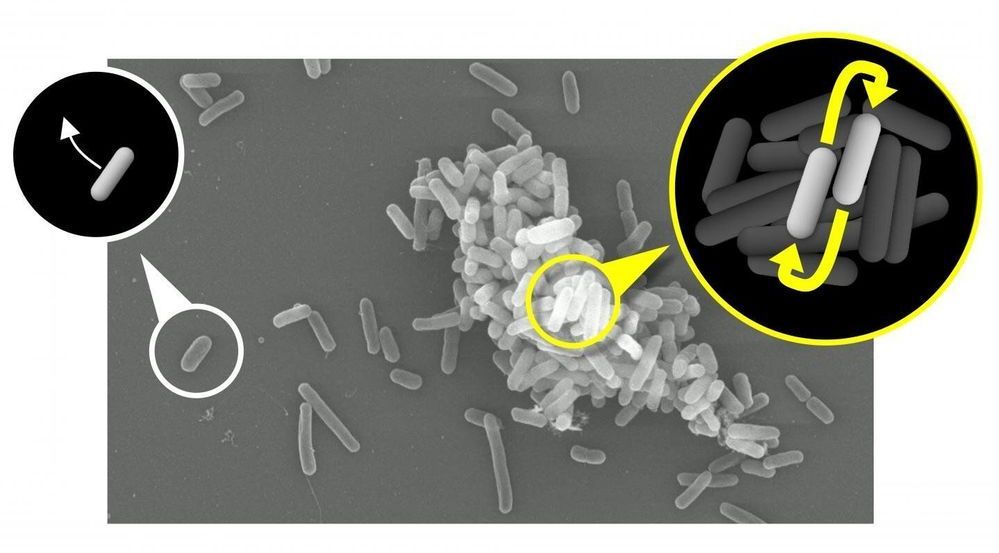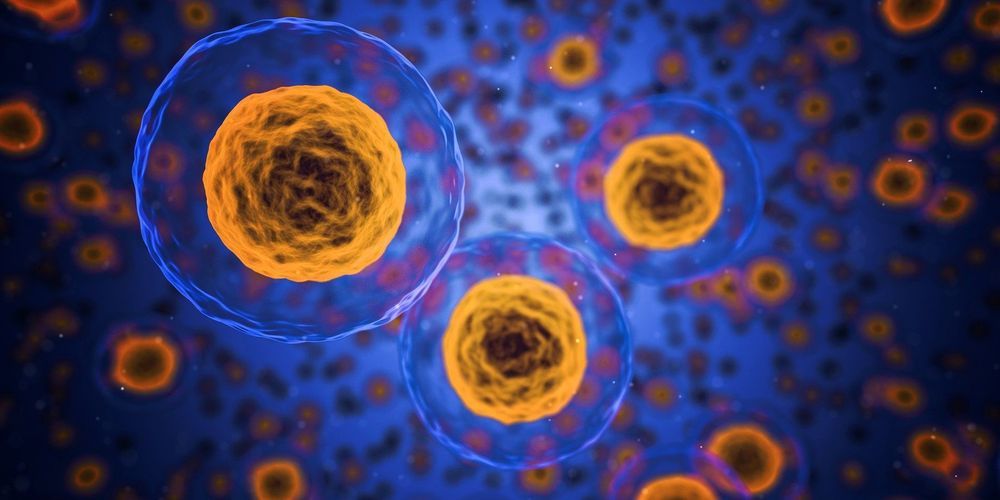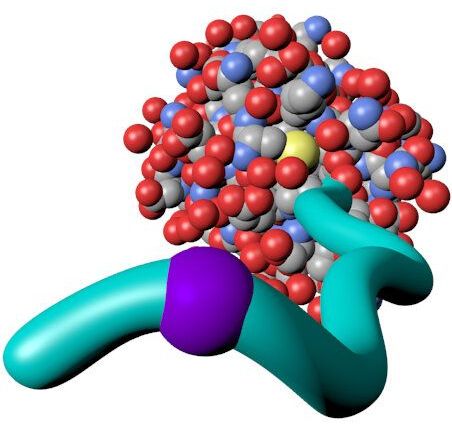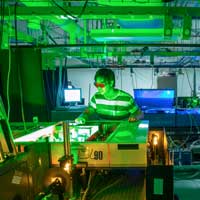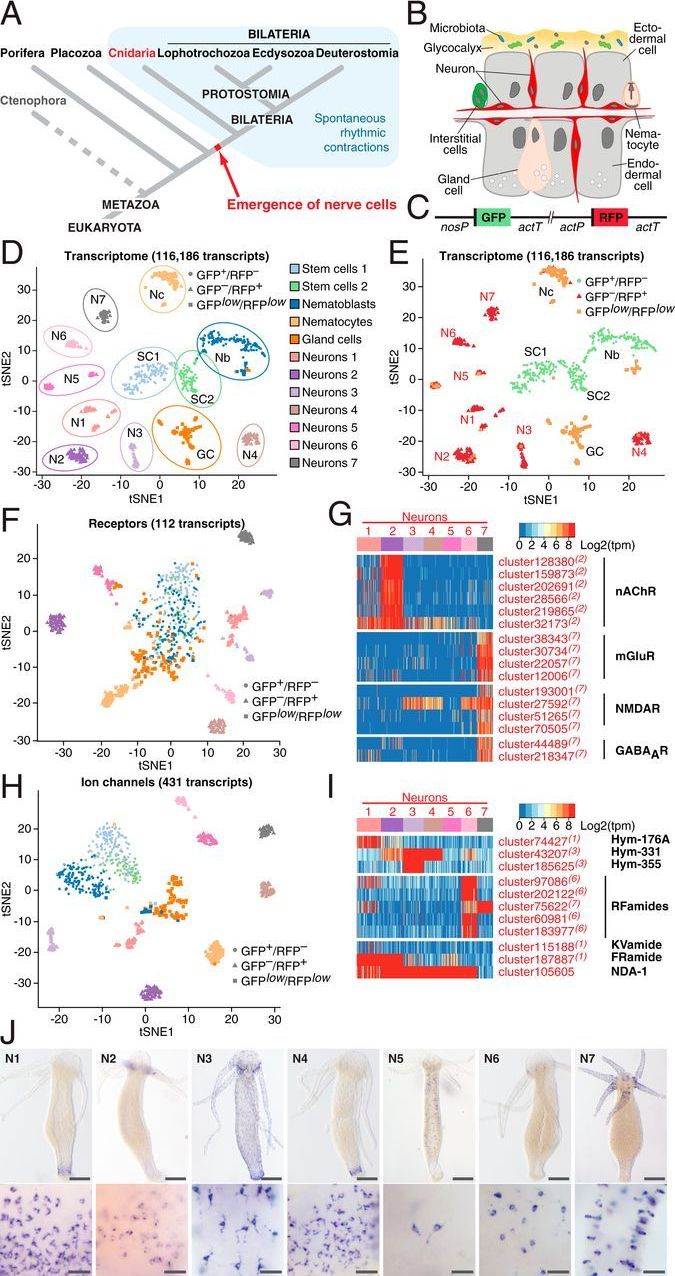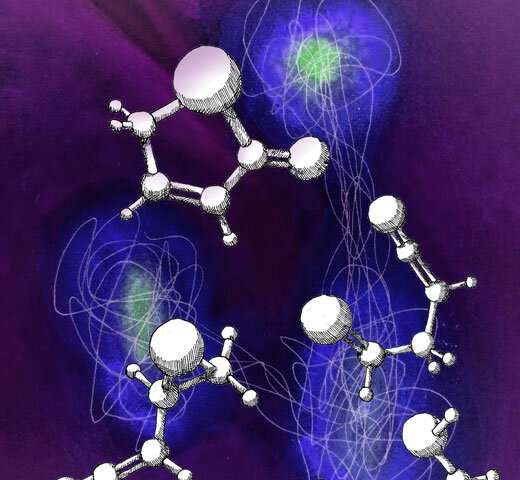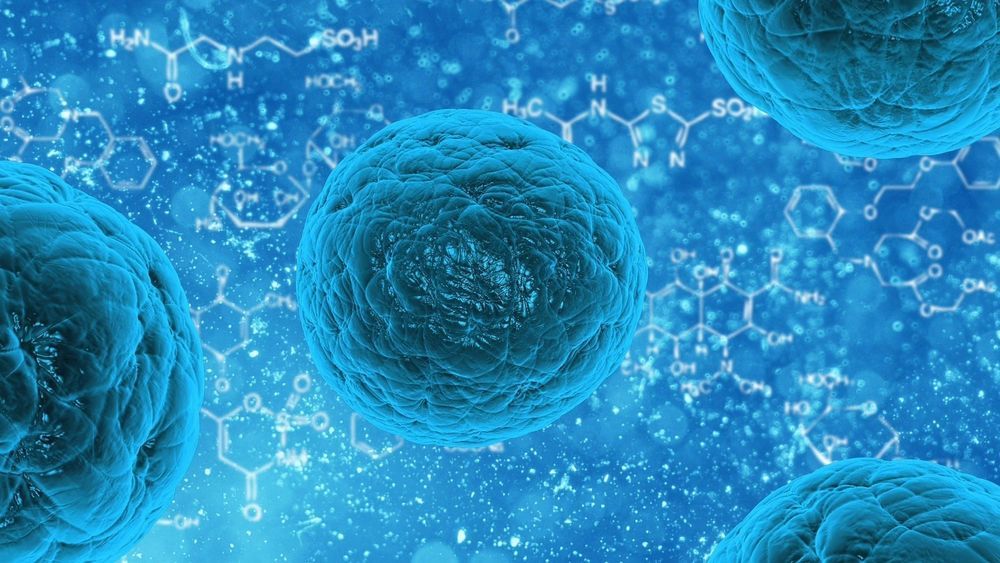Yesterday, Regeneron Pharmaceuticals, with the U.S. National Institute of Allergy and Infectious Diseases (NIAID), announced it was launching Phase III trials of REGN-COV2, the company’s two-antibody cocktail for the treatment and prevention of COVID-19. Today, it announced that it had received a $450 million contract to manufacture and supply the antibody cocktail as part of Operation Warp Speed from the Biomedical Advanced Research and Development Authority (BARDA).
BARDA is part of the Office of the Assistant Secretary for Preparedness and Response at the U.S. Department of Health and Human Services. The contract was also with the Department of Defense Joint Program Executive Office for Chemical, Biological, Radiological and Nuclear Defense.
A Phase I trial in 30 hospitalized and non-hospitalized patients with COVID-19 received a positive review from the Independent Data Monitoring Committee.
The Phase III prevention study will be run at about 100 locations and enroll about 2,000 people in the U.S. The Phase II/III treatment trials in hospitalized patients will evaluate about 1,850 hospitalized patients and 1,050 non-hospitalized patients and is planned for about 150 sites in the U.S., Brazil, Mexico, and Chile. It will study virologic and clinical endpoints. Preliminary data is expected later this summer.
The company had begun scaling up manufacturing of REGN-COV2 in the spring at its own expense. This deal with BARDA and the DoD supports continuing the manufacturing in order for it to be immediately available in the U.S. if the clinical trials are successful. That availability would be dependent on efficacy and safety and on the U.S. Food and Drug Administration (FDA)’s granting of an Emergency Use Authorization (EUA) or product approval.
